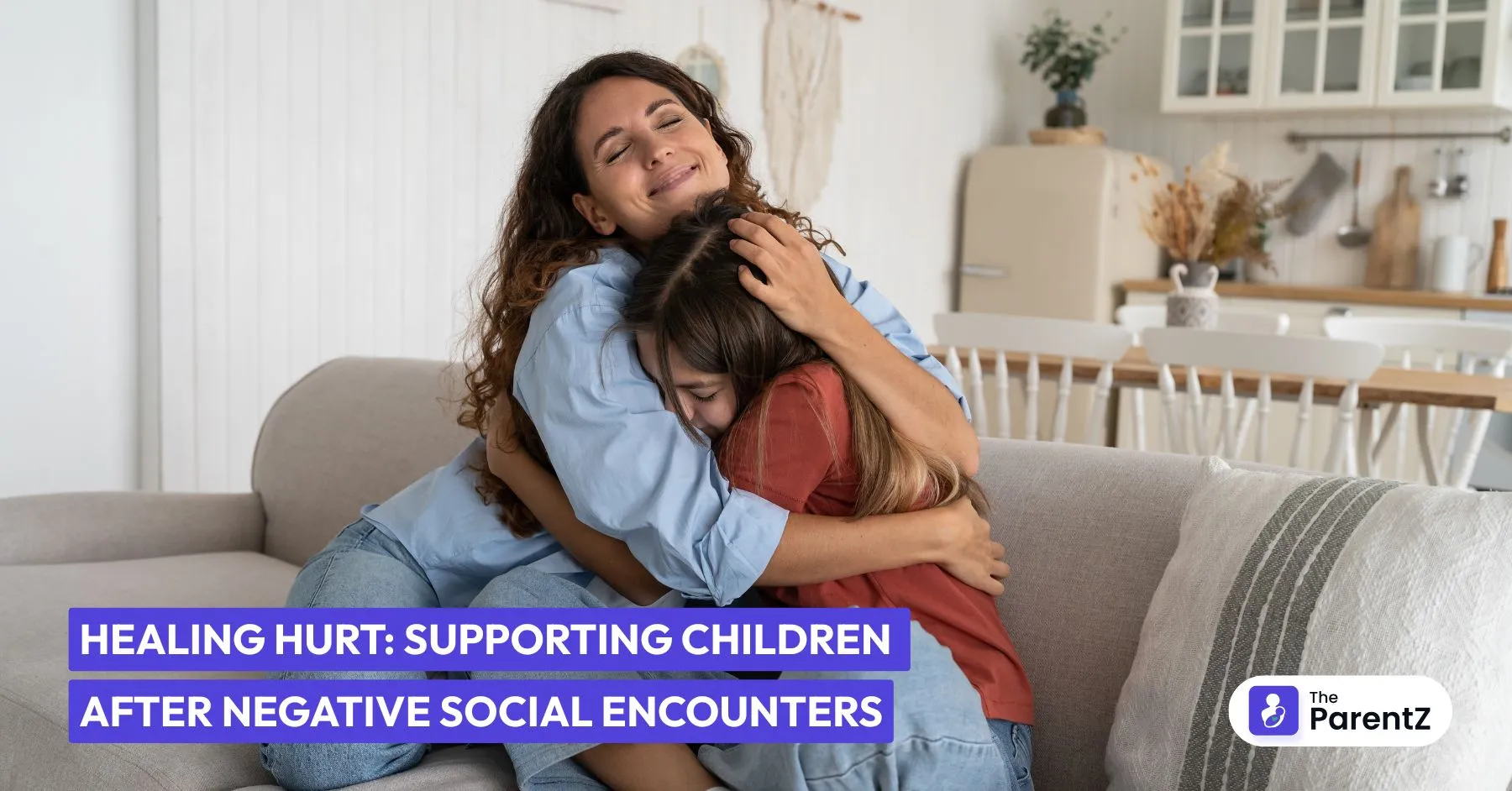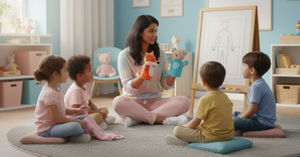There’s a special kind of pain a parent feels when their child comes home upset after a bad day at school, a playdate gone wrong, or a moment of unkindness from a peer. Maybe they were excluded from a game. Maybe someone said something mean. Maybe they just felt invisible.
These aren’t always the big, dramatic moments we see in movies. Sometimes, the hurt is a subtle comment, a lack of invitation, a whisper behind their back. But for a child, especially one still learning to navigate relationships, the emotional impact can be significant. If you’re reading this, you likely want to help but aren’t sure how. Let’s walk through a compassionate, medically sound, and emotionally intelligent approach to helping children heal and grow after negative social experiences.
Why These Moments Matter
Negative social encounters during childhood, whether it’s teasing, exclusion, or peer conflict, can have lasting effects on a child’s emotional health. While some degree of social struggle is normal (and even necessary for developing resilience), repeated or unresolved incidents can lead to:
- Lower self-esteem
- Increased anxiety or sadness
- Reluctance to attend school or social events
- Difficulty trusting others
- Behavioral changes like aggression, withdrawal, or clinginess
- Recognizing the emotional weight of these experiences is the first step toward healing.
Step 1: Start by Listening Without Fixing
When your child opens up or even shows subtle signs of being hurt, it’s essential to offer a calm, open presence. Resist the urge to provide solutions or “fix” the problem immediately. Instead, listen.
You might say:
“That sounds like it really upset you. Want to tell me more?”
“I can see this hurt your feelings. I’m here.”
“Would you like to talk or just sit with me for a bit?”
Let your child lead. Even silence has meaning; give them space to feel safe expressing themselves.
Step 2: Acknowledge Their Emotions
Validation is powerful. Children often feel confused or ashamed about their emotions, especially when those emotions are painful.
Try:
“It’s okay to feel angry when someone treats you that way.”
“Anyone would feel hurt if they were left out. That makes sense.”
“You’re not being too sensitive, your feelings are important.”
Avoid dismissive comments like “just ignore it” or “they didn’t mean it.” These may be well-intentioned, but they can make a child feel that their pain doesn’t matter.
Step 3: Help Them Name the Experience
Children don’t always have the vocabulary to describe what happened or how they feel. Helping them name their emotions and the situation builds emotional literacy.
You might gently ask:
“Did it feel like they were teasing, or more like they were trying to exclude you?”
“Were you feeling embarrassed, left out, or something else?”
“What part of it hurt the most?”
This doesn’t just make them feel understood, it also helps them process the event more clearly.
Step 4: Rebuild Their Inner Strength
Negative social encounters can shake a child’s self-confidence. After listening and validating, shift the focus toward rebuilding their sense of worth and strength.
You can say:
“That moment doesn’t define who you are.”
“You are kind, creative, and funny, and I love those things about you.”
“Even if someone didn’t treat you well, you still get to treat yourself with kindness.”
Encourage positive self-talk and remind them of their strengths. Consider role-playing positive affirmations together, such as “I am enough just the way I am” or “I can get through tough moments.”
Step 5: Teach Healthy Social Skills (Gently)
Once your child is emotionally grounded, you can begin to gently guide them in understanding what happened and what they can do in the future.
Talk about:
Boundaries: “It’s okay to walk away from people who don’t treat you well.”
Empathy: “Sometimes people hurt others when they’re feeling hurt themselves.”
Assertiveness: “You can say, ‘That’s not okay with me’ or ‘Please don’t talk to me like that.’”
Use examples they understand. Keep it age-appropriate. Stories or cartoons can help younger kids model kind behavior and handle conflict.
Step 6: Create a Plan—If Needed
If the situation is ongoing, especially in cases of bullying or repeated exclusion, it’s important to take it seriously.
Steps may include:
- Talking to teachers, school counsellors, or coaches
- Documenting incidents if they happen frequently
- Helping your child choose when and how to respond
- Encouraging healthy friendships outside the troubling environment
Let your child know they are not alone. Being their advocate can make a world of difference.
Step 7: Model the Behavior You Want Them to Learn
Children learn from watching how we handle our own conflicts and emotions. Be mindful of how you talk about others, how you resolve tension, and how you show empathy.
When your child sees you being kind, speaking up, and treating yourself and others with respect, they learn how to do the same.
Step 8: Seek Professional Help If Needed
Sometimes, despite our best efforts, a child may continue to struggle emotionally after social rejection or bullying. Signs that professional support may help include:
- Ongoing sadness or irritability
- Difficulty sleeping or eating
- Avoiding school or activities they once enjoyed
- Frequent physical complaints (like headaches or stomachaches)
- Withdrawal or major personality shifts
- A child psychologist or counsellor can provide tools to build emotional resilience and work through deeper hurt.
Final Thoughts: Healing With You, Not Just Through You
Social wounds in childhood are real, but with the right support, they don’t have to leave scars. Every time you offer a listening ear, validate their emotions, or remind them of their worth, you are planting the seeds of strength and empathy.
In time, those seeds grow into something powerful: a child who knows they are loved, seen, and capable of facing the world, even when it’s hard.
Because when kids hurt, they don’t need perfection, they just need connection.








Be the first one to comment on this story.